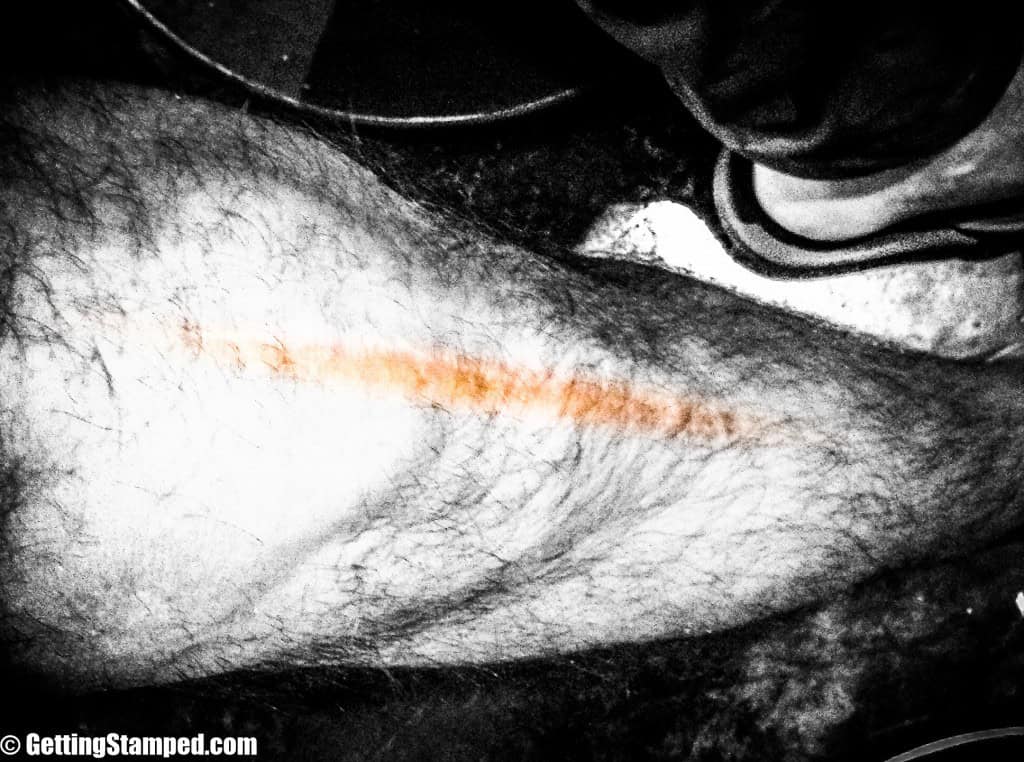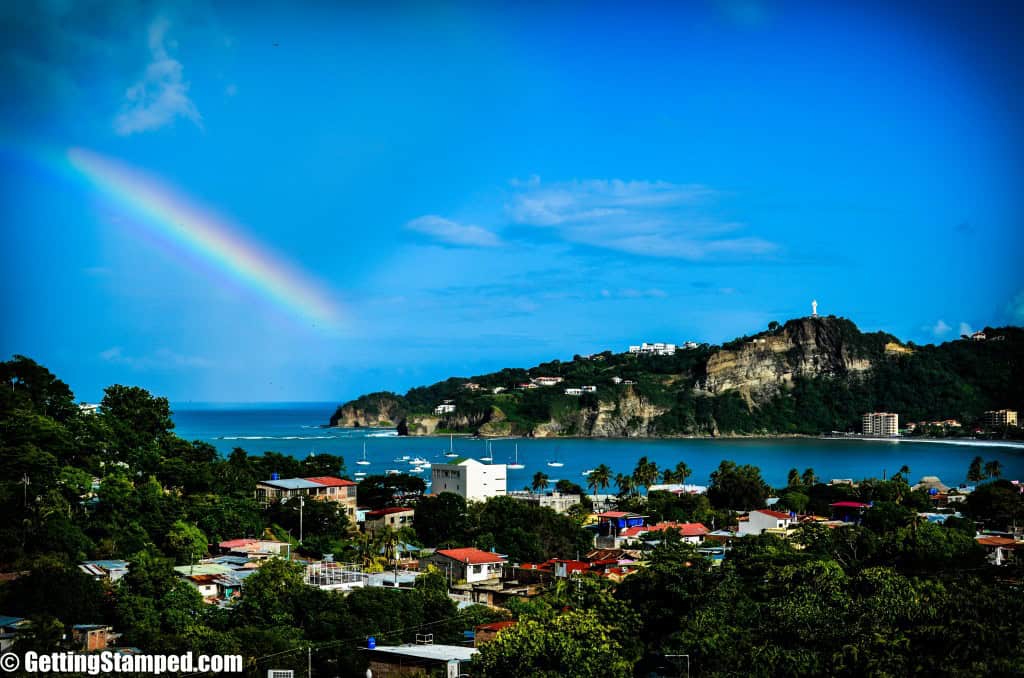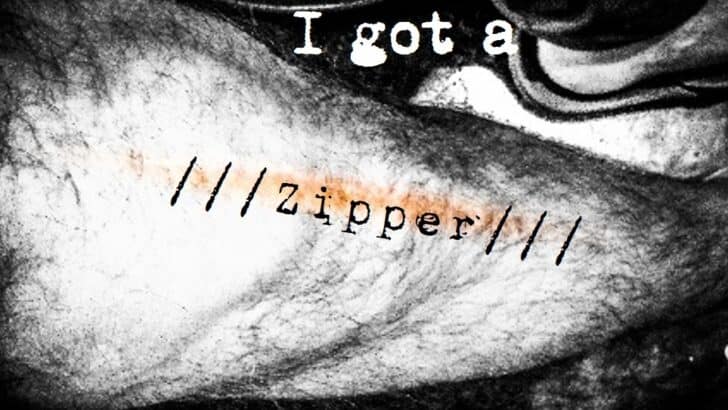I have always been active, playing most sports in high school and then football in college. After all of that, I started to run, and it got to be pretty important to me.
However, slowly but surely, running started to hurt with every step. Not screaming pain, but more like a pain telling you ‘If you keep doing this you are not going to be able to walk when you at older,’ type of pain.
I still wanted to run, so I said to myself let’s try and fix this! I have had 200 + physical therapy appointments and five knee surgeries. This post is to celebrate, and reflect one year after my biggest, and most recent surgery!

All this, and I still can’t even come close to running. In fact, it is significantly worse than it was before. It’s still not possible to kneel in my reconstructed knee, and running is intense pain.
Long bus rides are torture, and huge temple stairs are intimidating. I find myself at the back of the pack of a hike even with significant Ibuprofen consumption. Worst of all getting into position for that perfect photo, I sometimes get stuck like an 80-year-old man.
This past month, it has been a year since I had some major work done, and I wanted to take you through what it’s been like & how it affects my travels.
First of all, what is an AMZ / ACI?
Sounds complicated… well, it is.
The first set of letters – ACI: stands for Artificial Cartilage Implant. Yes, I have cartilage that was taken from my knee in a previous surgery, synthesized in a lab in Boston, and then stuck back into my knee.
The Second set of letters – AMZ: stands for extremely painful and aggressive surgery, well actually, it stands for this long word: Anteromedialization! Okay, what the hell is that? Well, my kneecaps don’t fit properly in my knee joint.
The kneecap glides back and forth in a track, but mine weren’t exactly lined up, so the doctors had to basically realign them. Once they are realigned, they can put back on the new cartilage from the ACI part above, and I will be back in business.
Okay, the next part is a bit graphically described, if that kind of stuff bothers you, I have included a picture of a rainbow.

I still haven’t fully explained what all goes into the AMZ: In order to change the location of my knee cap, the doctors cut my tibia bone (the larger of the two lower leg bones about 2/3 of the way through and 4″ long from the front, and another 2/3 from the side same length.
So there is a chunk of bone still with a strap of tendon hooked on the other end to my knee cap. The bone piece is the ground and shaped to change the profile of my kneecap track. After it’s perfect, it is screwed the main part of what’s left of my tibia. Sounds fun, right? No, it’s as painful as it sounds.
Just head to YouTube for some graphic videos here is an animated version that is less gruesome, but if you want to see the real deal, there are probably others on the side.
Here is what I have been going through for the last year:
The first week after surgery hurt like hell, even with lots of bottles of Oxy this and Oxy that, my shin throbbed to the point it was the only thing I could concentrate on.
For a good two weeks, I was pretty dependent on Hannah for most things, along with frequent help from my parents. By two weeks, I had stopped pain meds but was still stuck in bed, only moving when I had to go to an appointment or the bathroom.
If you found this article while contemplating this surgery, feel free to ask any questions. Expect this to impact 6 months of your life significantly. I put a good effort into therapy, and all of the doctor’s week marks of what I was supposed to be able to do things were underestimated by quite a bit.
For example, I was supposed to be walking by six weeks, and I was taking steps, but I would hardly call it walking until the 2-month mark. Then, back to full activity by six months; it’s been 12, and I am still limited. Running is painful, basically not possible, even a few steps (which was part of the point of having this survey).
Other effects of the surgery:
You know how annoying it is not being able to kneel on my knee? Very! I’m not sure what about the surgery did this, but it is very sensitive to touch. Even wearing pants that are tighter in the knee will aggravate it. Kneeling and putting weight on it produces a sharp pain. It is basically like hitting your funny bone, that kind of sharp, intense pain. So, taking photos or checking under the hotel bed is always a struggle.
It’s not a total loss because I still have done most things I wanted to do on this RTW trip so far, like hiking in Guatemala, surfing in Costa Rica, carrying around my 21kg backpack, walking on average 8-10 miles per day. It just slows me down, and I can’t do as much, I need more breaks, or I will suffer the next days. We ride public transport almost daily, and every bus ride reminds me that I had my knee ripped apart.
I chose today to post this article because I am still feeling the effects of climbing up to the ruins of Machu Picchu! Even with the help of a walking stick and a bunch of Ibuprofen!
